Mumbai's expat chefs share the story behind the Indian dish that made them go weak in the knees until they decided to nail it themselves. Kusumita Das and Anju Maskeri take notes
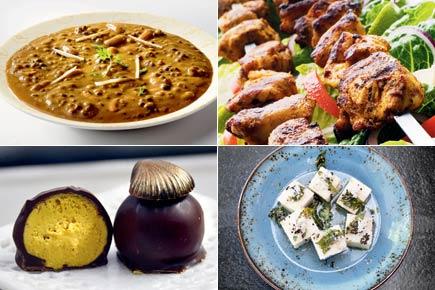
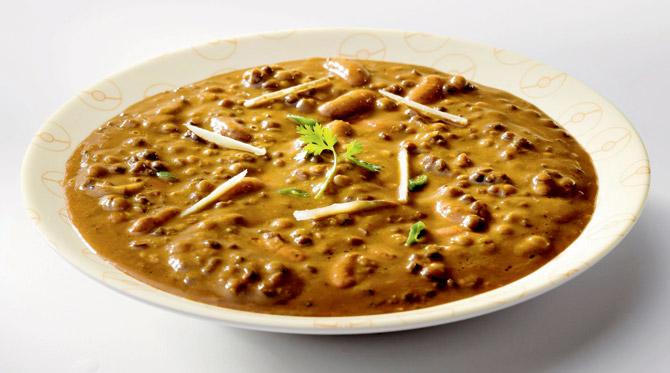
ADVERTISEMENT
Slow-cooked Dal Makhani
By: Chef Christophe Perrin
Executive chef and owner, Gaia Gourmet
Country of origin: Switzerland
In India since: 2009
My first visit to India was in 1998, when I was 18, along with my brother. The first place our karma took us to was a little village in Himachal Pradesh called Chowki. It was my first exposure to simple, wholesome, vegetarian food made with ingredients grown in the backyard. Dal and roti never tasted better. I have ridden my Enfield from Himachal to Goa five times after, and dal makhani is a staples on-the-road eat. Himachal offers a simpler, lighter version; Punjab likes it slow-cooked and thicker.
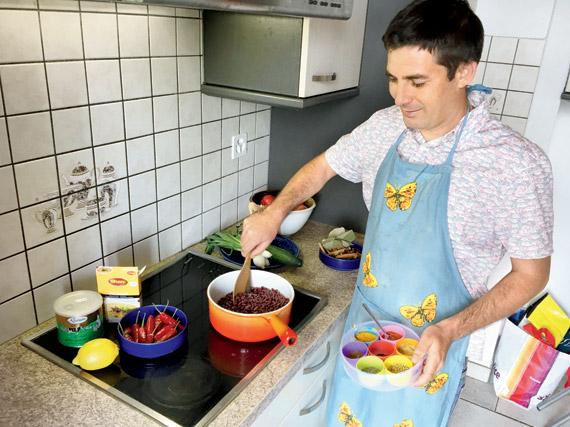
I wanted to try my hand at making it, since it's a favourite, but also because I was contemplating including Indian dishes in our catering service. To get it right, my wife Chinu and I started researching recipes from Moti Mahal and Bukhara. I think we have managed to crack it. It took us a while to realise that the longer you cook the dal, the better it tastes, like the famous dal bukhara that is cooked for over 24 hours.
I got Chinu's grandmother to taste my first attempt. Even though she is married to a Maharashtrian, at heart, she's a hardcore Punjabi from Lahore, and then Amritsar, after the Partition. She approved of it, although she did find it heavy.
When we visit my family in Switzerland, we plan to take a pressure cooker to hurry it along a little, but, never do since it's too heavy to lug. Then we regret it because the dal takes forever to cook. But, this is comfort food, that involves an unhurried process. I made it for my brother's 40th birthday celebration last week. It was an Indian feast that also included rogan josh.
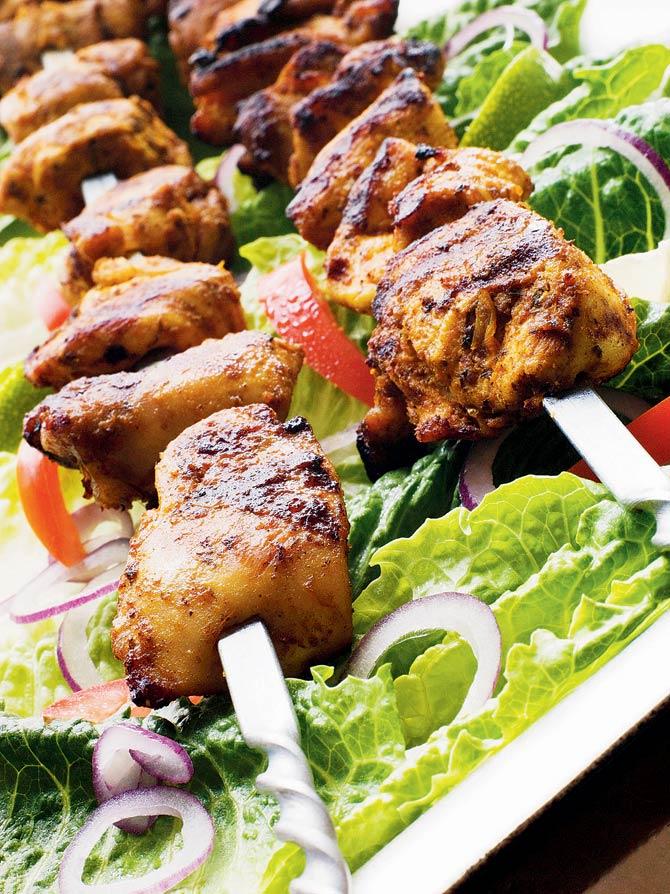
Chicken Tikka & Chutney
By: Marika Johansson,
Co-owner and ambassador of Marika's Healthy Kitchen
Country of origin: Sweden
In India since: 2012
Being part of the fitness industry, I've always tried to choose the healthy yet delicious options, and chicken tikka was the best choice from Indian cuisine since it doesn't contain the usual gravy or ghee. The Roshans' egged me to try it back in 2013 since I was working closely with them on Krrish 3.

For me, the biggest challenge in cooking Indian food was to get to know the spices and flavours. In Sweden, we are alien to garam masala, so I hardly knew any names or the taste. On many occasions, I misjudged the spices and burnt my mouth. Another hiccup was that we use electric stoves and ovens back home. It is difficult to gauge the heat when working with gas. Hence, the chicken would either be under cooked or burnt. After some trial and error, I nailed it and now felt confident about making it healthy by substituting some ingredients and using less oil.
I prepare the dish in steps and while my chicken is in the marinate, I cut the vegetables and prepare the mint chutney. I do my chicken tikka on the pan or in the oven. The dish is ready in 30 minutes. My wish is to have a real tandoori oven in future.
In retrospect, the chicken tikka saved my first year here as it was easily available and simple to cook. I still have to get used to the hotness of the amazing spices India has to offer.
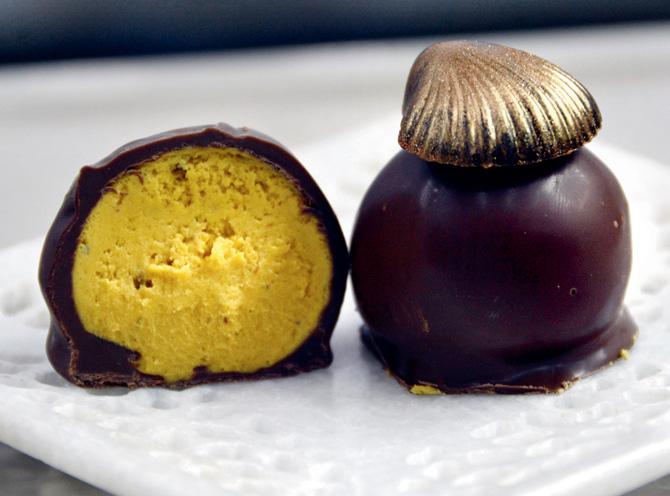
Besan Ladoo
(With European twist)
By: Thea Tammeleht
Co-founder and Director, Nordic Kandie
Country of origin: Estonia
In India since: 2012
I had visited India several times before I made it my home in 2012, and was always curious to try out Indian sweets, but never got the opportunity. Finally, when I moved here, my husband and business partner, Thomas Abraham, who is an Indian, got me to try jalebi, kaju katli and besan ladoo. That's where it all started.
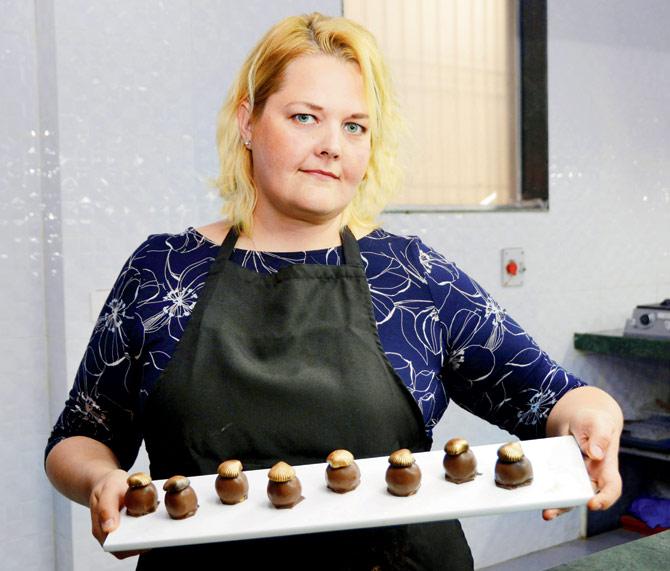
There is something about besan ladoos that is uniquely Indian and traditional. And, if done right, the sweetness is perfect for the global palate. That it can transcend borders and be enjoyed by the wider global audience.
While my recipe is simple, it requires technique and understanding of the Indian style of preparation. The first time I got it all wrong. In an attempt to get the nutty flavour and right colour, I ended up scorching the mix of besan, sugar and calcified butter. Once I understood the adjustments in temperature and method the mix required, it turned out just right. The first people to sample it were my husband and kids.
After I made the fist batch of besan ladoos, I felt that we could add a European twist. The Indian chefs on my team offered to help but I was adamant to do it on my own. They had a hearty laugh to see me struggling. After repeated trials, the besan ladoo dipped in decadent Belgian chocolate seemed right. This not only improved the shelf life of the ladoo, but also kept the flavours intact. A batch now takes us two days and will be making it to the list of our new Indian delicacies section.
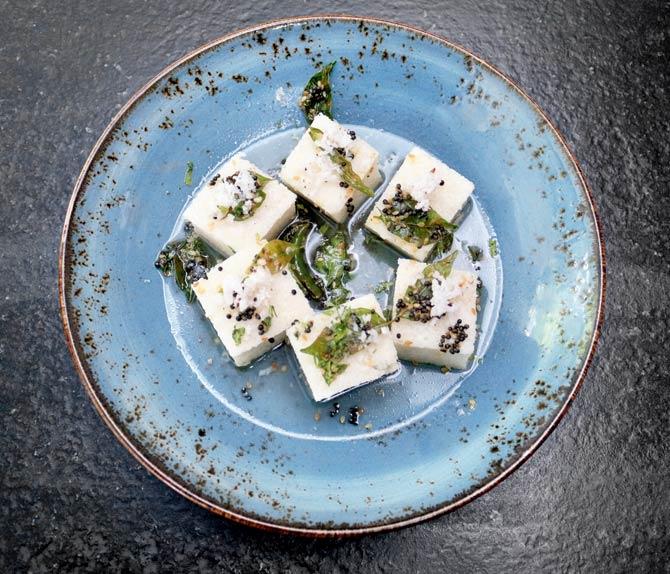
Dhokla
By: Antonello Cancedda
Chef at Prego
Country of origin: Italy
In India since: 2011
I had visited the Vipassana Meditation Centre in Kalyan for a 10-day meditation course. When you're there, apart from other restrictions, the diet to be followed is vegetarian (for an Italian, this is very tough) and meals are available only until 5 pm. It was during a meal here that I was served the dhokla with tamarind chutney. The explosion of flavours on my palate was unforgettable.
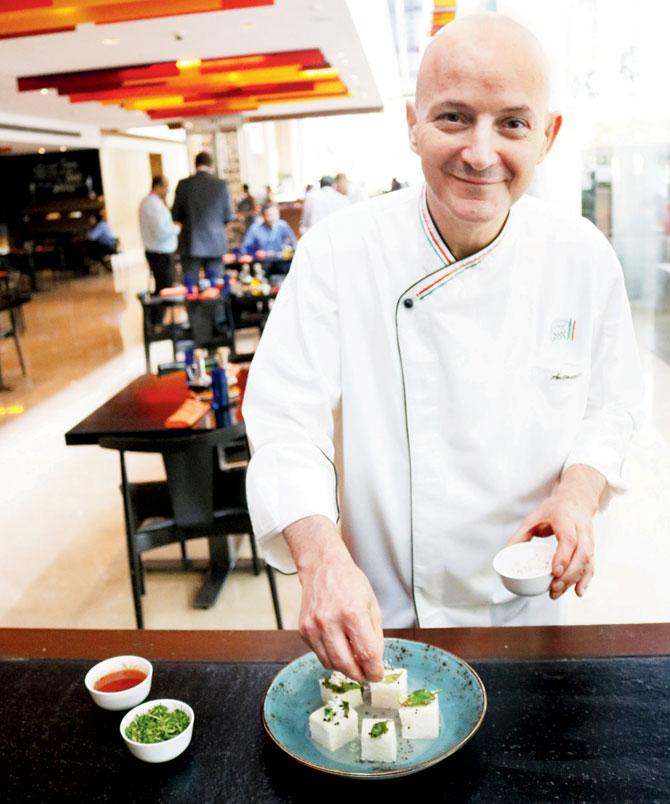
When I came back to work, I missed the taste. I visited food joints to relieve my craving, but none of them could match the delicious taste at the centre, so I decided to cook it myself.
The first time was a disaster; the batter became so hard, it was impossible to chew. The problem, I realised, was the pot. So I bought a steam pot to get the sponginess right. I even referred to the chef of the Meditation Center who took me through the process of tempering. It took me a week to get it right also because I tried both, khaman and rava dhokla. Rava dhokla is now the one I cook, and also my favourite.
You may also like - Photos: 10 snacks that will make Mumbai rains more enjoyable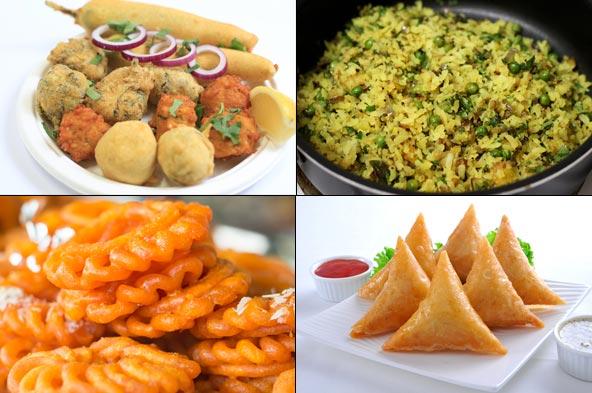
 Subscribe today by clicking the link and stay updated with the latest news!" Click here!
Subscribe today by clicking the link and stay updated with the latest news!" Click here!






